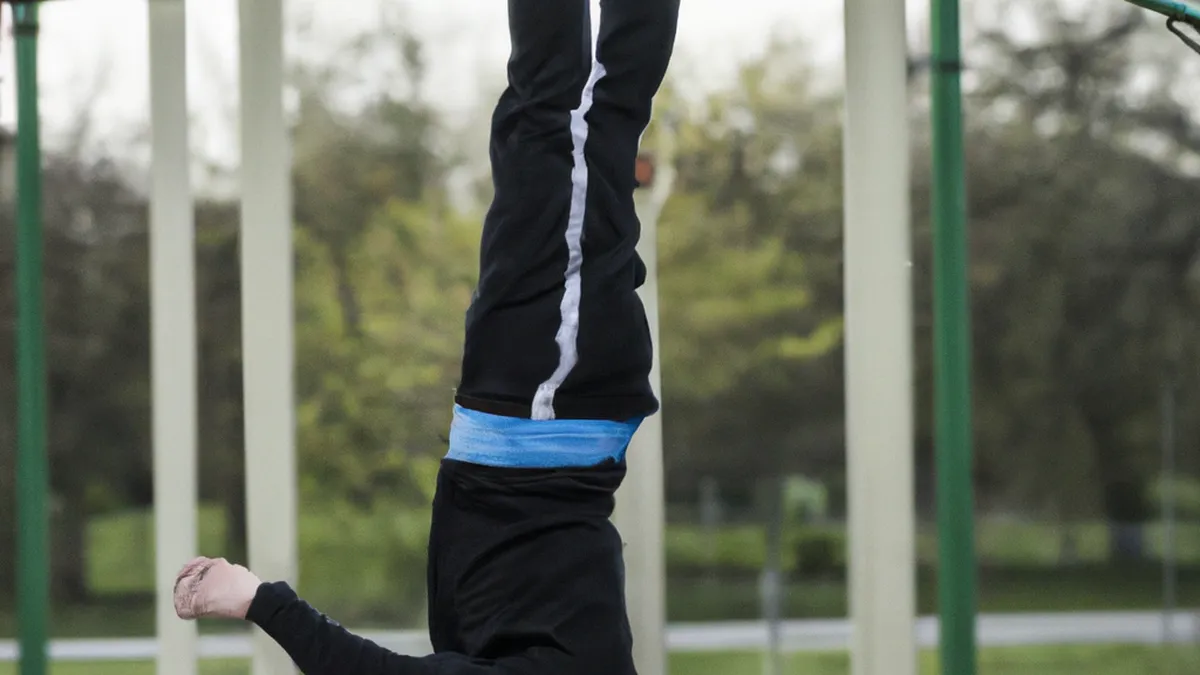Cardio Routines for Menopausal Women
Addressing Menopausal Effects on TrainingMenopause naturally occurs in a woman’s late 40s to early 50s. It ends menstrual cycles and reduces estrogen production, impacting physical and mental health. Many women struggle to maintain fitness routines during this transition. Understanding menopausal effects on training helps women adapt their fitness strategies. This blog post explores these changes and offers practical solutions for navigating fitness during menopause.
Understanding Menopausal Changes
Menopause triggers hormonal changes that affect health. Weight gain, especially around the abdomen, often occurs due to declining estrogen levels. Many women feel frustrated by body shape changes.Muscle mass decreases during menopause, leading to a condition called sarcopenia. This decline affects strength, endurance, and overall performance. Women may find enjoyable activities more challenging, causing discouragement.Mood swings, anxiety, and fatigue may arise during this transition. Hormonal fluctuations contribute to emotional instability, making regular exercise harder. Sleep disturbances worsen feelings of tiredness and lethargy. Recognizing these changes helps women create a tailored training approach that supports their health.
Tips for Adjusting Your Training
As an Amazon Associate I earn from qualifying purchases.
Gear tip: consider sleep mask, white noise machine, and blue light blocking glasses to support this topic.
Adapting your training routine during menopause is essential for fitness and health. Consider these practical tips:
1. Focus on Strength Training
Make strength training a cornerstone of your fitness routine during menopause. Research shows resistance training counters muscle loss and supports bone health. Aim for at least two days of strength training weekly. Target major muscle groups like legs, back, chest, and arms. Use free weights, resistance bands, or bodyweight exercises like squats and push-ups.Strength training also boosts metabolism, aiding weight management. More muscle mass means your body burns more calories at rest, which helps during menopause.
2. Incorporate Cardio Wisely
Cardiovascular exercise remains vital for heart health during menopause. Choose low-impact activities to minimize joint stress, which increases injury risk. Consider swimming, cycling, brisk walking, or using an elliptical machine.
Conclusion
In summary, understanding menopause empowers women to adapt their training and maintain fitness. Focus on strength training and incorporate cardio wisely for better health.
Below are related products based on this post:
FAQ
What changes occur during menopause that affect training?
During menopause, hormonal changes lead to weight gain, particularly around the abdomen, and a decrease in muscle mass, resulting in sarcopenia. These changes can make physical activities more challenging and may lead to frustration with body shape and performance.
How can strength training help during menopause?
Strength training is crucial during menopause as it counters muscle loss and supports bone health. Engaging in resistance training at least twice a week can also boost metabolism, helping with weight management and overall fitness.
What types of cardiovascular exercises are recommended for women in menopause?
Low-impact cardiovascular exercises are recommended to minimize joint stress during menopause. Activities such as swimming, cycling, brisk walking, and using an elliptical machine can provide heart health benefits while reducing the risk of injury.















Post Comment